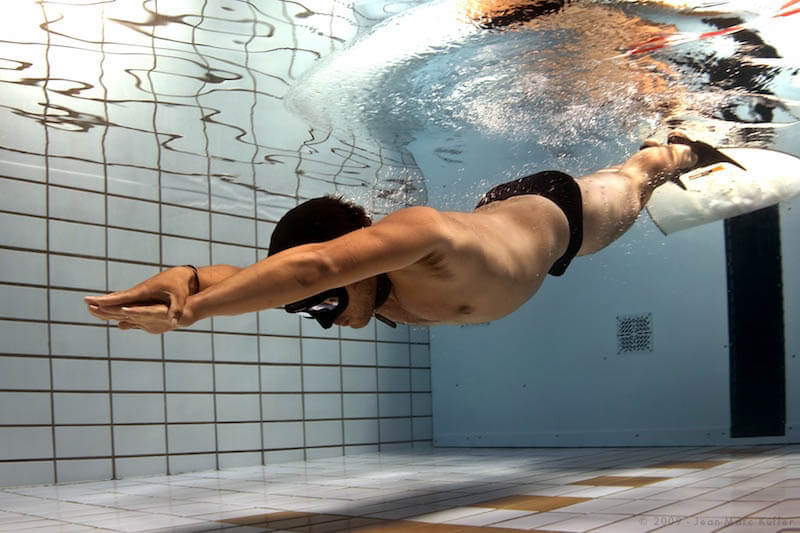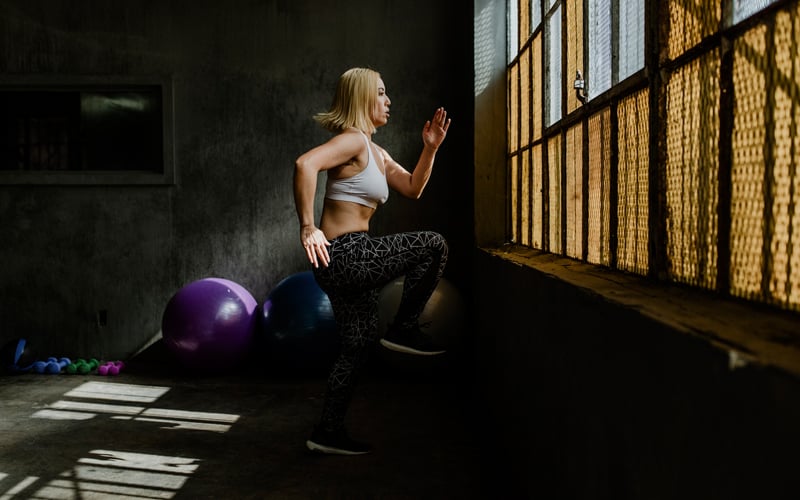
Diabetes, especially type 2, is a chronic lifestyle disease that affects millions globally. Fortunately, managing and even reversing diabetes is possible with consistent lifestyle changes—one of the most effective being regular exercise. Exercise improves insulin sensitivity, helps reduce blood glucose levels, supports cardiovascular health, and contributes to weight loss and muscle building. Beyond medications and diets, physical activity is a cornerstone in controlling diabetes effectively and naturally. In this article, we cover the six best exercises to reduce blood sugar, complete with timing, sets, precautions, and a realistic timeline for seeing results. These practices are evidence-based and widely recommended by global health organizations. We’ll also include bonus exercises for those seeking variety or lower-impact options.
Similar Titles For Above List
- Try this exercises to reduce blood sugar or diabetes
1 . Walking – The Foundation of Fitness

Why It Works:Walking is one of the simplest, most accessible, and effective exercises available. A brisk walk stimulates the uptake of glucose by muscle cells and improves the body's insulin response. Regular walking has been linked to reduced fasting blood sugar, improved cardiovascular health, and increased calorie burn. Research suggests that post-meal walks significantly reduce glucose spikes, which is crucial for diabetics.
 When to Expect Results: Improved sugar control in 2–4 weeks with regular walking
When to Expect Results: Improved sugar control in 2–4 weeks with regular walking2 . Resistance Training – Build Muscle, Burn Sugar

Why It Works:Strength or resistance training helps build lean muscle mass, which in turn increases glucose uptake. Muscles act like sponges for sugar, storing it as glycogen, and using it more efficiently throughout the day. Resistance training also boosts metabolism even while at rest. As muscle mass grows, your ability to manage blood sugar improves over time.
 When to Expect Results: Metabolic and sugar-level improvements noticeable in 3–6 weeks
When to Expect Results: Metabolic and sugar-level improvements noticeable in 3–6 weeksRead More..
Check out freeCodeCamp.
Check out freeCodeCamp.
3 . Yoga – Reduce Stress & Improve Hormone Balance

Why It Works:Yoga helps lower cortisol levels, improves hormonal function, and aids the nervous system. For diabetics, stress management is crucial, and yoga facilitates glucose control by reducing inflammatory markers, enhancing digestion, and promoting restful sleep. Some poses gently massage abdominal organs, supporting insulin-producing cells in the pancreas.
 When to Expect Results: Mental clarity in 1 week, physical glucose benefits in 3–5 weeks
When to Expect Results: Mental clarity in 1 week, physical glucose benefits in 3–5 weeks4 . Cycling – Boost Cardio, Burn Sugar

Why It Works:Cycling is a low-impact cardiovascular workout that engages the lower body, increases heart rate, and enhances glucose metabolism. It’s an ideal option for those with joint issues and helps reduce visceral fat, a major contributor to insulin resistance. It also supports stamina and heart health.
 When to Expect Results: Blood sugar and stamina improvement within 2–3 weeks
When to Expect Results: Blood sugar and stamina improvement within 2–3 weeks5 . Swimming – Low-Impact, Full-Body Exercise

Why It Works:Swimming offers full-body engagement with zero impact on joints. It supports cardiovascular health, burns calories, and significantly enhances insulin sensitivity. Being in water also reduces inflammation and stress, making it ideal for those with neuropathy or arthritis.
 When to Expect Results: Benefits start appearing in 2–4 weeks
When to Expect Results: Benefits start appearing in 2–4 weeks6 . High-Intensity Interval Training (HIIT) – Quick & Effective

Why It Works:HIIT workouts involve short bursts of intense exercise followed by periods of rest. This method improves insulin sensitivity faster than traditional cardio. It helps the body adapt quickly and reduces abdominal fat. HIIT burns glucose rapidly during and after exercise due to the "afterburn" effect.
 When to Expect Results: Noticeable results in 1–2 weeks, especially for insulin resistance
When to Expect Results: Noticeable results in 1–2 weeks, especially for insulin resistance# . Extra Mentions
7 . Tai Chi – Mind-Body Mastery
8 . Dance Workouts – Fun & Effective
. Conclusion
Managing diabetes doesn’t have to rely solely on medications or restrictive diets. Exercise is a powerful, natural tool that helps reduce blood sugar levels, increase insulin sensitivity, and improve overall quality of life. From low-impact options like walking and yoga to more intensive workouts like HIIT and resistance training, there’s something suitable for everyone, regardless of age or fitness level. Consistency is key—even 30 minutes a day can lead to transformative health benefits. Pair your exercise routine with regular glucose monitoring, a balanced diet, and proper hydration to maximize results. Always consult with your healthcare provider before beginning any new fitness regimen, especially if you have pre-existing conditions or complications from diabetes. Start small, stay regular, and let movement become your medicine.
🏅 Tips to Maximize Results
Stay Consistent: Sporadic exercise gives limited results—follow a weekly plan.
Check Blood Sugar Regularly: Especially before/after intense workouts.
Hydration: Essential for proper glucose metabolism.
Pair With Diet: Exercise alone won’t help unless paired with a diabetic-friendly diet.
Rest Days: Give muscles time to recover, especially with resistance or HIIT workouts.
💡 Bonus Tips: What to Avoid
Overtraining: It increases cortisol, which spikes sugar
Skipping Meals Before Workouts: May cause hypoglycemia
Inconsistent Sleep: Poor sleep = insulin resistance
Ignoring Injuries: Always listen to your body
| Exercise Type | Visible Benefits Start | Peak Benefits Seen In |
|---|---|---|
| Walking | 2–4 weeks | 8–12 weeks |
| Resistance Training | 3–6 weeks | 12+ weeks |
| Yoga | 3–5 weeks | 10–12 weeks |
| Cycling | 2–3 weeks | 6–10 weeks |
| Swimming | 2–4 weeks | 8–12 weeks |
| HIIT | 1–2 weeks | 6–8 weeks |
SOURCE"s & REFERENCE"s
- [1]
diabetes.org
https://www.diabetes.org/fitness/exercise - [2]
niddk.nih.gov
https://www.niddk.nih.gov/health-information/diabetes/overview/preventing-problems/staying-active - [2]
hopkinsmedicine.org
https://www.hopkinsmedicine.org/health/wellness-and-prevention/8-best-exercises-for-diabetes - [4]
health.clevelandclinic.org
https://health.clevelandclinic.org/how-exercise-affects-blood-glucose-levels






0 Comments